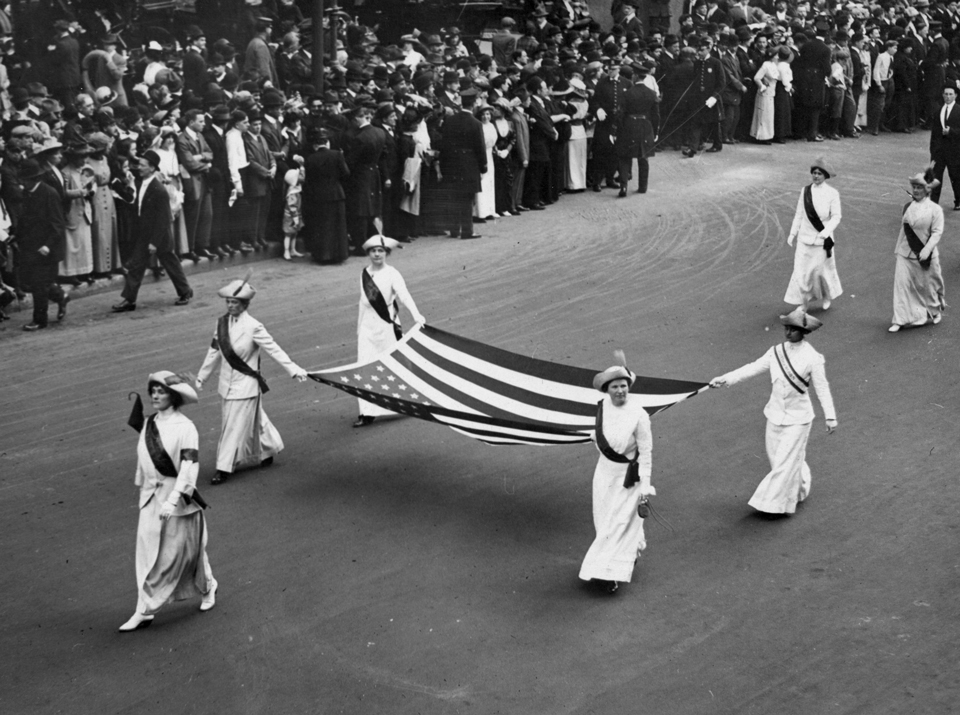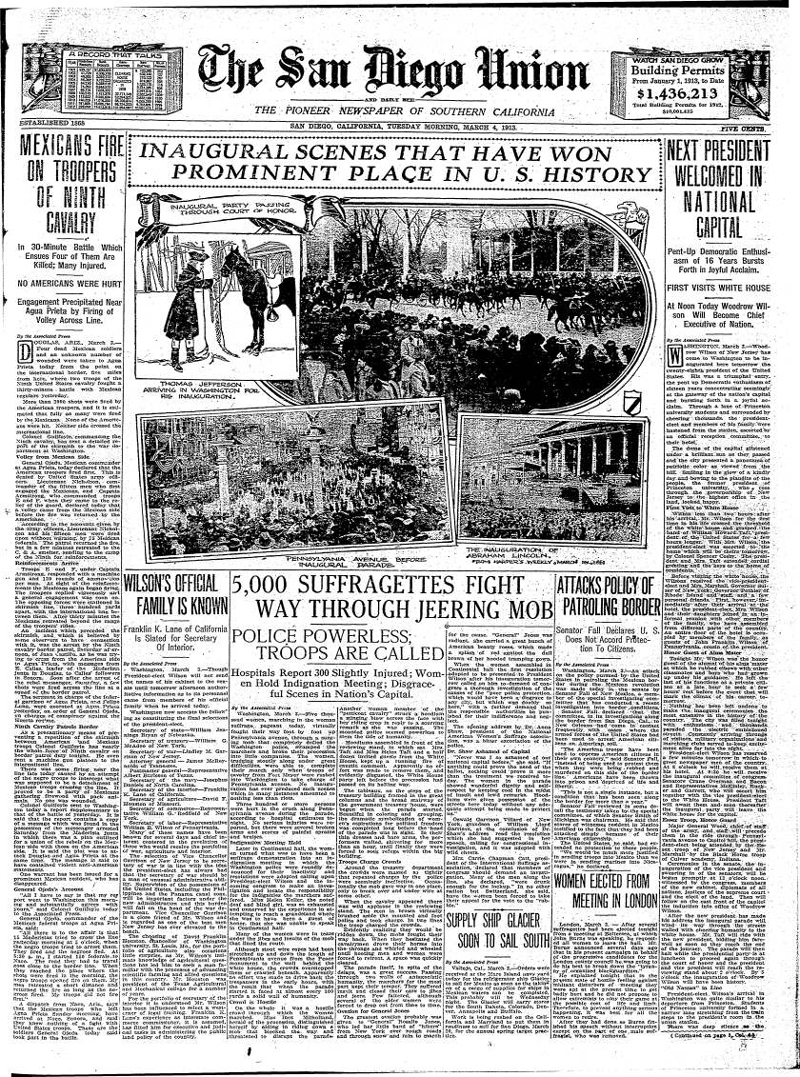
Another benefit of wearing white was the visual contrast it created in black and white photography. This is best seen in images from the 1913 women’s suffrage parade in Washington D.C. The march landed on the front pages of newspapers across the country — women in white dresses popped amongst a sea of men in black suits.

White clothing still resonates today. At the 2019 State of the Union address, congresswomen stood out in coordinated, crisp white ensembles. Presidential nominee Hillary Clinton also wore a white pantsuit during her acceptance speech at the 2016 Democratic National Convention. And when Alexandria Ocasio-Cortez was sworn into office in 2019, she too chose to wear white.
Sartorial choices aren’t always statement-making but, sometimes, they speak louder than words.
More to explore in Style
-
 Style
10.28.25
Introducing Holiday 2025
Style
10.28.25
Introducing Holiday 2025
-
 Style
9.16.25
Spring/Summer 2026: Runway Report
Style
9.16.25
Spring/Summer 2026: Runway Report
-
 Style
9.16.25
Spring/Summer 2026: Bag Report
Style
9.16.25
Spring/Summer 2026: Bag Report
-
 Style
9.16.25
Spring/Summer 2026: Accessories Report
Style
9.16.25
Spring/Summer 2026: Accessories Report
-
 Style
9.16.25
Spring/Summer 2026: Shoe Report
Style
9.16.25
Spring/Summer 2026: Shoe Report
